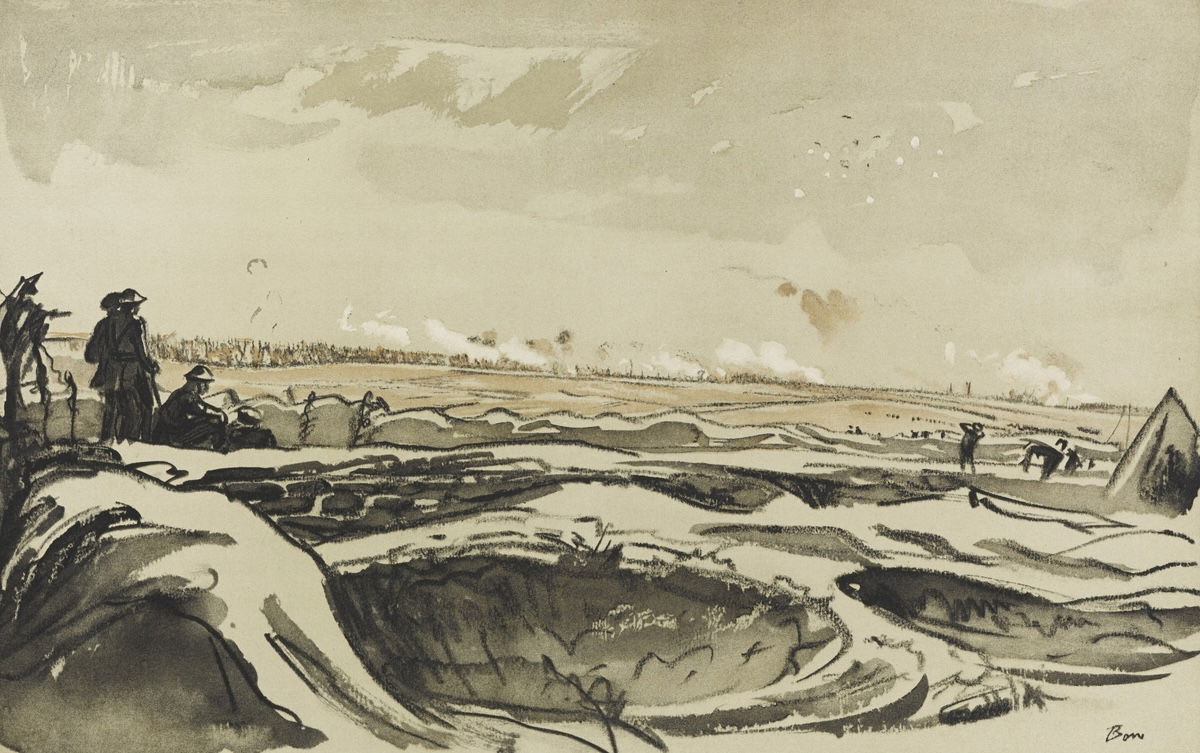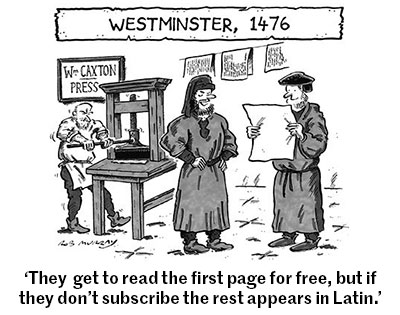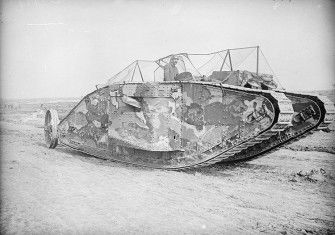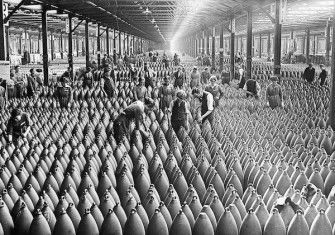The Permanent Stain of the Somme
Since the early 1960s, historians have shone a more positive light on the Battle of the Somme. But we must not forget the excesses and failures of that terrible campaign.

In his 1918 poem ‘Futility’, Wilfred Owen plays with the theme of Nature’s restorative power. ‘Move him into the sun’, begins the speaker. But the effort is futile because the soldier is already dead. Owen has created a metaphor for the conflict as a whole.
The ‘futility narrative’ is an enduring one, despite the efforts of a number of revisionist historians, starting with John Terraine. And to no battle is ‘futility’ more attached than the Somme.







